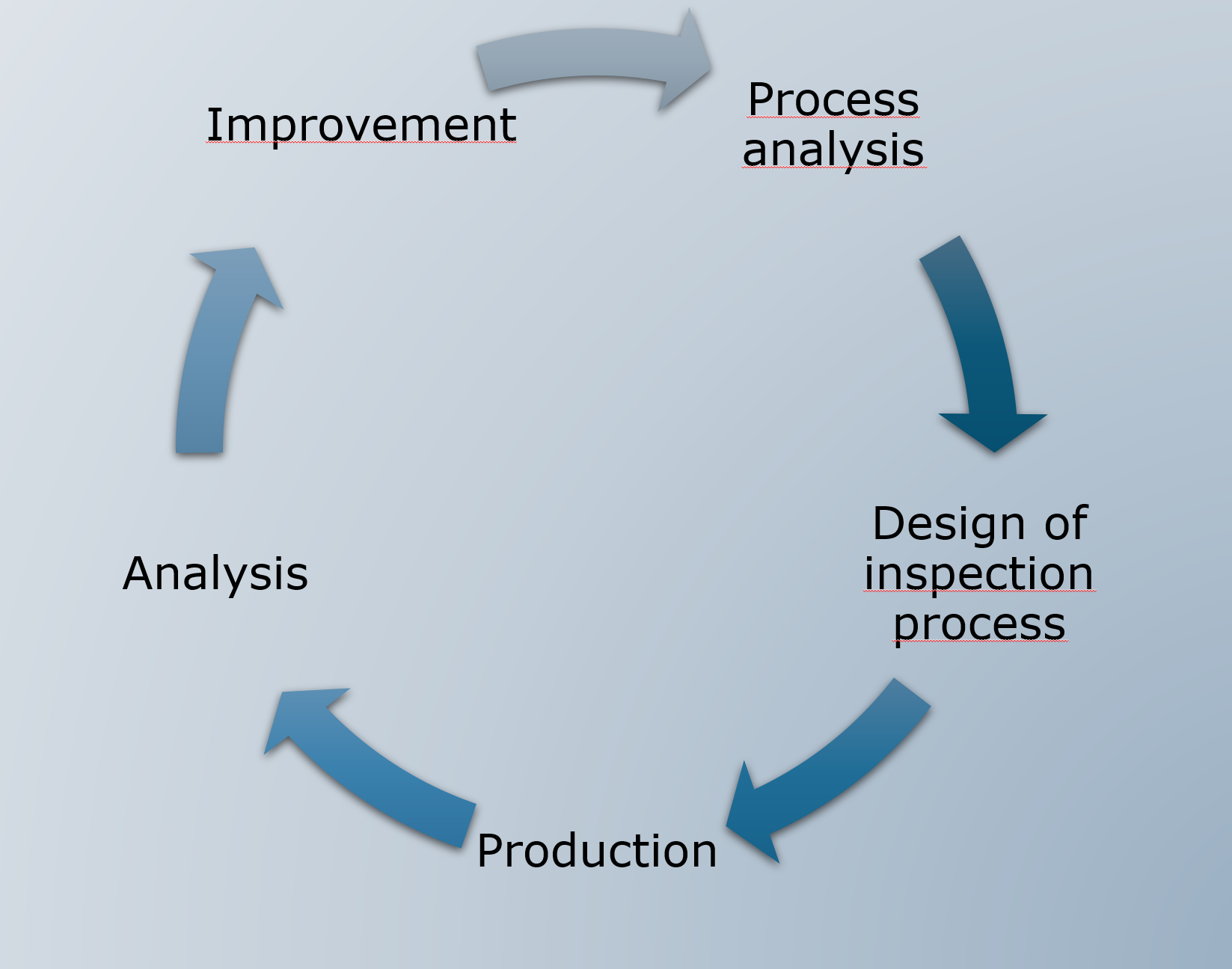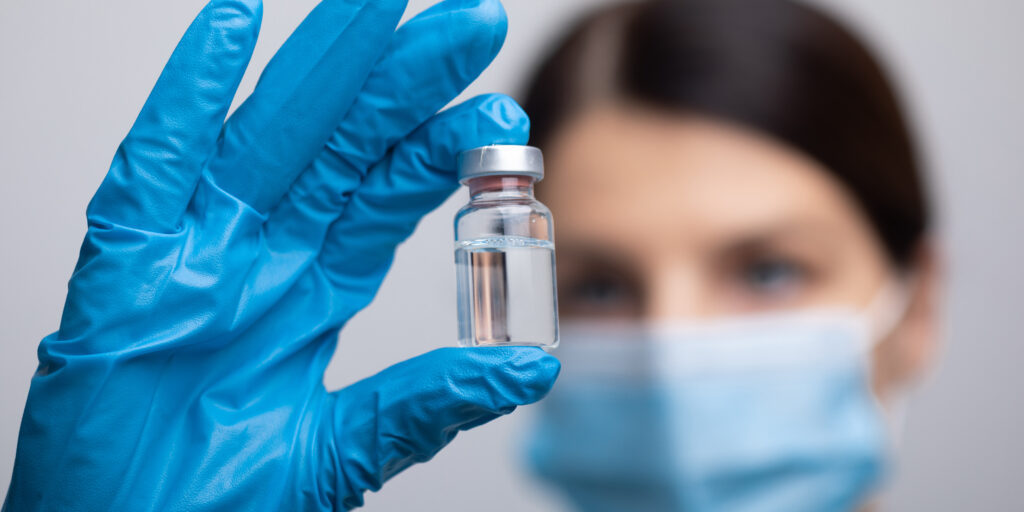Importance of Reference Standards
Using representative test kits is crucial for qualifying inspection processes. These kits help:
- Ensure consistency in detection capabilities across different inspection methods.
- Provide a reliable benchmark for training inspectors and validating inspection techniques.
- Enhance the overall reliability of inspection processes by simulating real-world scenarios.
In addition, both EU GMP Annex 1 and USP 1790 require the inspection system to be checked periodically using known defects, i.e. test kits as representative as possible of the actual production process.
Particle Management in Parenteral Products
Managing visible particles in parenteral products is essential for ensuring the quality and safety of medications. Here are the key concepts:
Visual Inspection
There are various inspection methods:
– Manual Visual Inspection (MVI)
– Semi-Automated Visual Inspection (SAVI)
– Automated Visual Inspection (AVI)
Each method has its applicability range, its advantages and disadvantages, but all aim to ensure that every unit is free from defects.
Acceptance Testing
After inspection, batches are tested to ensure they meet quality standards using specific sampling plans.

Investigations and Risk Evaluations
A systematic process for analyzing and managing risks associated with particles, ensuring that every potential issue is addressed seriously.


